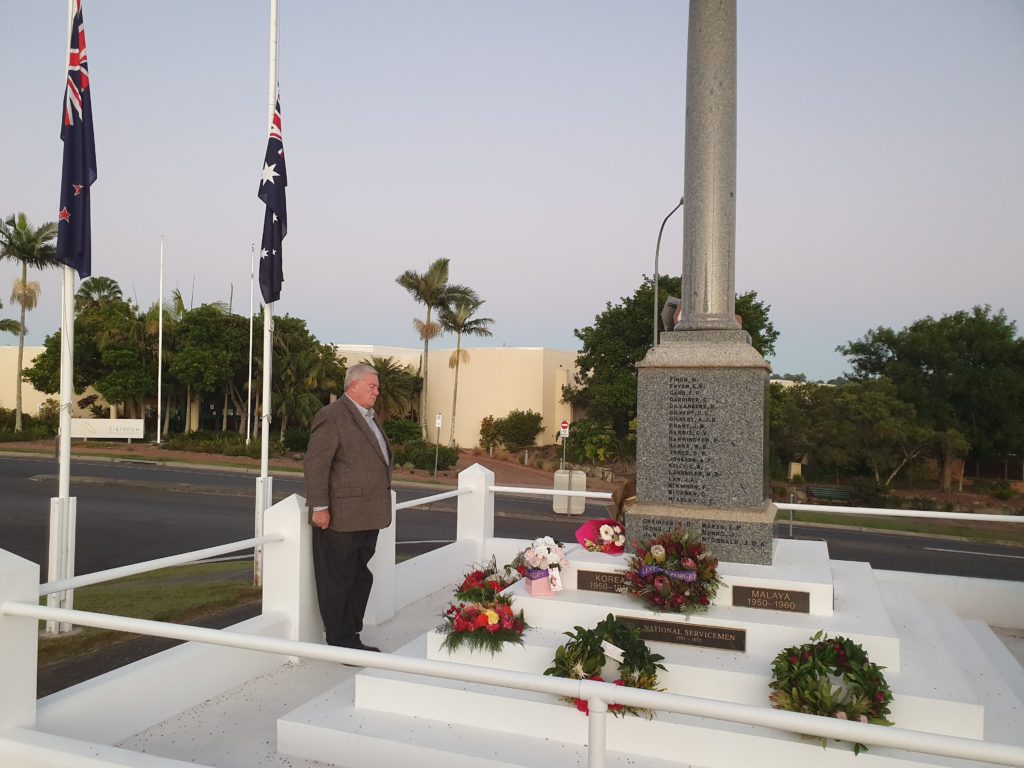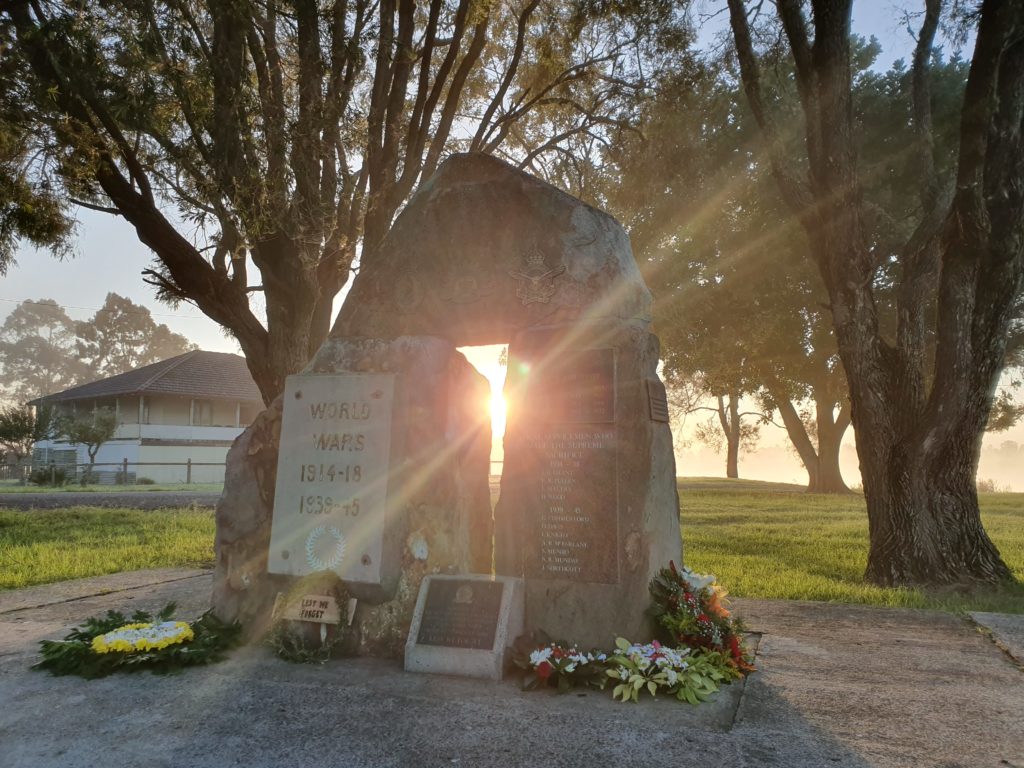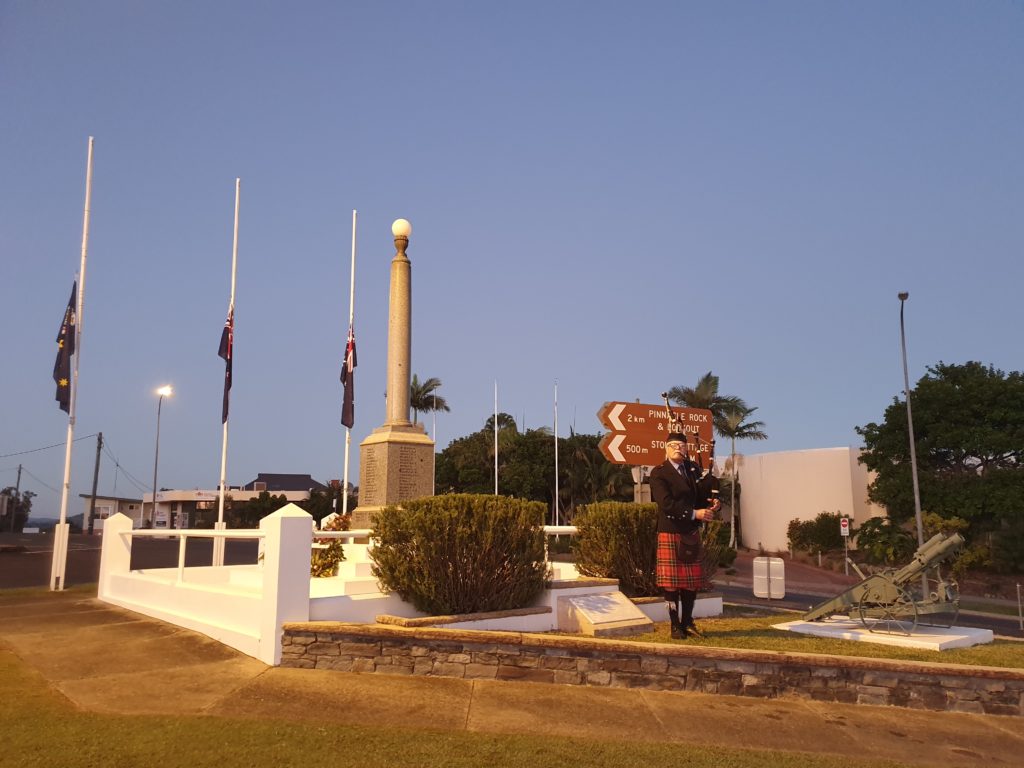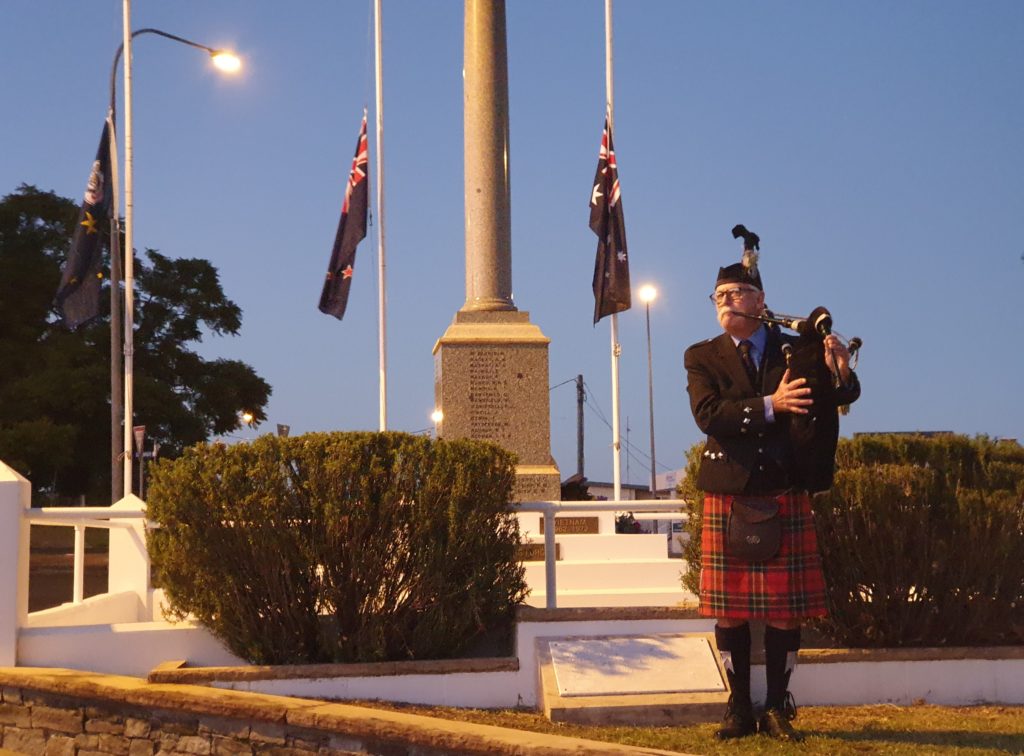DAWN DRIVEWAY SERVICE
This was a year like no other.. 2020 marked the 105th year since our heroes arrived at ANZAC Cove on the Gallipoli Peninsula, in Turkey.
Instead of our tradition of gathering to pay our respects at a memorial dawn service, there was a special twist that ensured we each had the ability to commemorate our ancestors, together yet still distancing apart.
Driveways across our great nation were lined with people who lit candles and stood in silence while the Last Post played from various radios and devices alike.
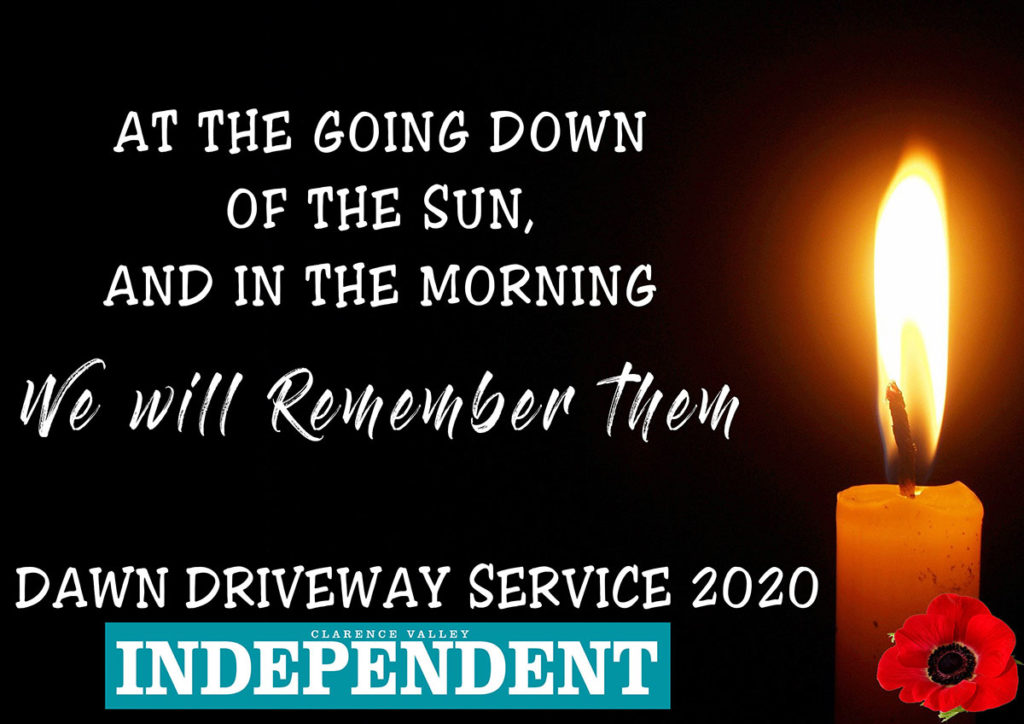
TODAY IN HISTORY
1809: Australia’s First postmaster is appointed
1815: Governor Macquarie departs Sydney to inspect the colony’s first western highway and the land west of the Blue Mountains
1829: Captain Charles Fremantle arrives off the coast of the present-day state of Western Australia, aboard HMS Challenger, with the intention of establishing the Swan River Colony
1896: At the 1896 election in South Australia, women exercise their right to vote for the first time, having been given limited suffrage the previous year
1912: Australian and New Zealand troops land at Gallipoli in Turkey
1918: In the Second Battle of Villers-Bretonneux, Australian and British troops counter-attack German forces near Amiens, France, with Clifford Sadlier later receiving the Victoria Cross for his actions
1927: Anzac Day is uniformly observed in all Australian states for the first time
For more details of what happened on this day in history: CLICK HERE

THE HISTORY of THE LAST POST

This song that has been around for hundreds of years, its sound is one of the most distinctive in existence.
Although the Last Post has come to carry such mournful meaning, it was not originally used in a memorial context. In fact, the Last Post was just a simple song in its very first years.
First published and played in the 1790s, the Last Post was one of many bugle calls used by the British Army.
In Military tradition, these calls were used to help soldiers keep track of time when living in encampments. Each sound of the bugle instructed British soldiers, with different “songs” or notes letting them know if it was time to wake for the day, time to enjoy a meal, time to partake in military exercises, or time to turn in for the night. Every day in camp was regulated and run according to the calls of the army’s bugler.
It is now sounded at military funerals to indicate that the soldier has gone to his final rest, hence why it is played during ANZAC Day and Remembrance Day services.
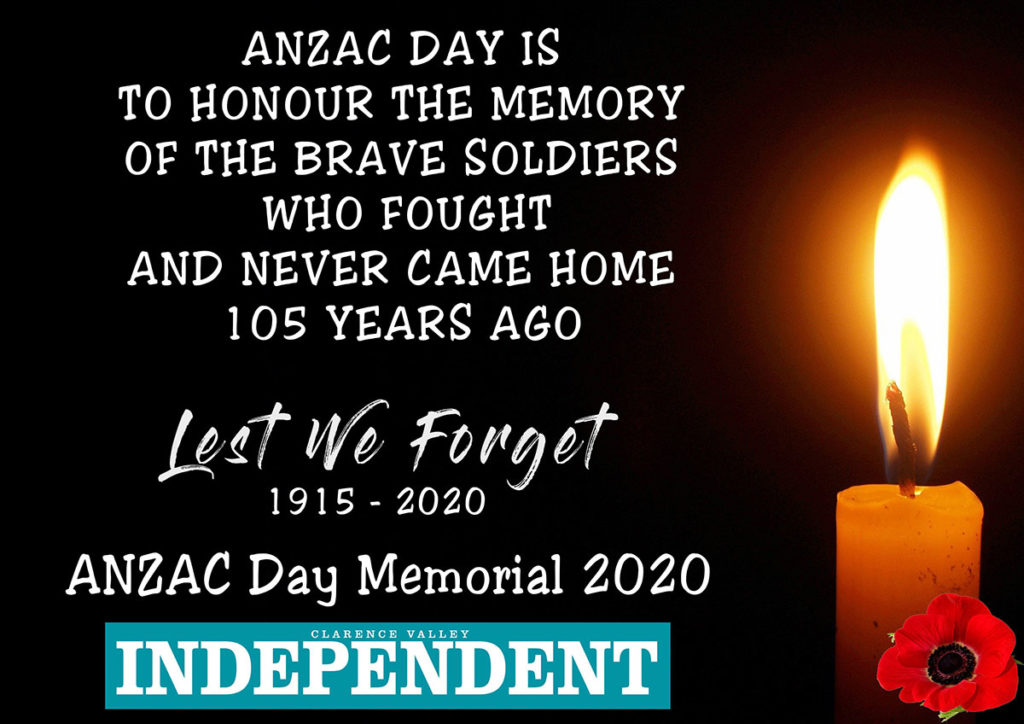
THE HISTORY of our AKUBRA SLOUCH HAT
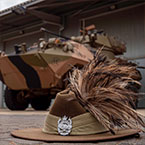
Since the early 20th Century, the Akubra Military Slouch Hat has been a distinctive part of the Australian Defence Force uniform. During both World Wars, this hat was supplied to the Australian Military.
It was first worn by military forces in Australia in 1885 when the newly created Victorian Mounted Rifles adopted the hat as part of their uniform after their commanding officer, Thomas Price, had seen them worn by police in Burma.
The Australian slouch hat, sometimes called an Australian bush hat or digger hat, is mainly worn with one side of the brim turned up or pinned to the side of the hat with a Rising Sun Badge in order to allow a rifle to be slung over the shoulder and it won’t damage the brim.

HISTORY of THE ANZAC POPPY
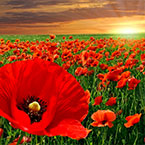
It is very common on and around Anzac Day to wear a poppy on your left breast or lapel. It is also commonly used to commemorate Remembrance Day on 11 November.
The reason why the Poppy is used is because they are the flowers which grew on the battlefields after World War One ended.
The Flanders poppy is said to be used in soldiers’ folklore as the vivid red of the poppy symbolises the blood of their comrades soaking into the ground.
During the interwar years (1918-1939), many people wore white poppies, representing their commitment to peace.

HISTORY OF THE ANZAC BISCUIT

Officially the original treat that women sent to their men who went off to war – beginning in World War I.
Most family recipes tell a story, but none so much, or with as much mystery still surrounding it, as the Anzac biscuit.
The first version of this rolled oats-based biscuit reportedly appeared around 1823, and over the next century took on various names such as ‘surprise biscuits’ and ‘crispies’
These biscuits quickly became a popular food to send to Australia’s overseas forces, due to their accessible ingredients, easy cooking method, and lack of eggs that meant the biscuits kept well.
It has been traced back to first time of being printed as an ‘Anzac biscuit’ recipe all the way back to a 1917 Australian publication called the ‘War Chest Cookery Book’.

HISTORY of the 2UP GAME

For today only the country celebrates the true blue tradition of two-up, as the game is considered illegal most other days of the year,
Thought to have originated in the 18th century, the Australian tradition was born during World War 1 when two-up – which evolved from the English game of “pitch and toss” – was played in troop ships and trenches across the allied battlefields.
Apart from a few exceptions, 2 UP was banned because it’s classed as an unregulated form of gambling. Luckily, because of Australia’s strong commitment to a fair go, mateship and having a punt, we’re allowed to enjoy this historic game at least once a year.
Photos from around the Valley
Images by Lynne Mowbray

Catch up on how the Clarence Valley Independent contributed to the memory of our ANZAC Heroes this ANZAC Day:
An ANZAC Day to Remember:
www.clarencevalleynews.com.au/an-anzac-day-to-remember
ANZAC Day at Dougherty Villa in Grafton:
www.clarencevalleynews.com.au/anzac-day-at-dougherty-villa
